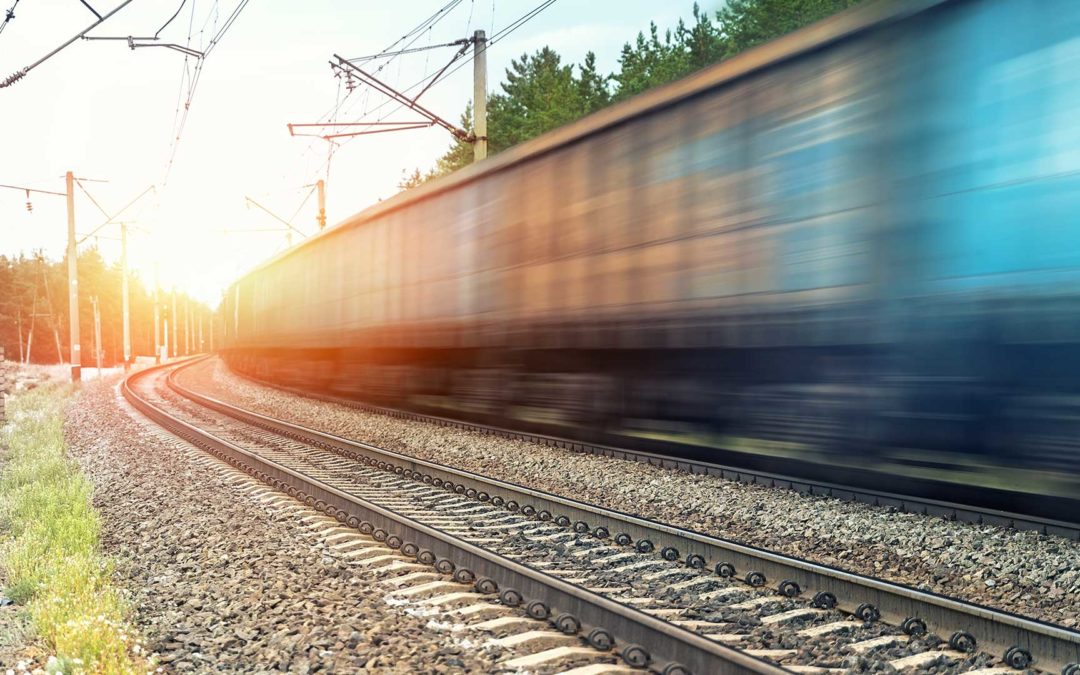How a global supply chain visibility platform can change the way shippers orchestrate their railcar freight across 140,000 route miles nationwide.
Running on nearly 140,000 route miles, the U.S. freight rail network is worth nearly $80-billion and is operated by seven Class I railroads (those with operating revenues of $490 million or more) and 22 regional and 584 local/short line railroads.
According to the Federal Railroad Administration (FRA), this vital network supports more than 167,000 jobs nationwide and steps in where other transportation modes may fall short, namely by reducing road congestion and highway fatalities; minimizing fuel consumption and greenhouse gases; and reducing both logistics and public infrastructure maintenance costs.
Unlike roadways, U.S. freight railroads are owned by private organizations that are responsible for their own maintenance and improvement projects. Compared with other major modes of transportation, railroad owners invest one of the highest percentages of revenues (19%, according to FRA) to maintain and add capacity to their system, spending nearly $25 billion annually.
The Critical Nature of Railcar Visibility
An important part of many companies’ supply chains, freight rail has a visibility problem that most of its competitors have already solved (or, are well on their way to solving). Where much rail activity is invisible from the time a car is loaded and starts to move until it reaches its destination, modes like trucking, air, and even ocean have been slowly improving their visibility levels over the years.
Shippers have also been doing their part by implementing global visibility platforms that allow them to monitor and manage their end-to-end supply chains. With accurate, complete data in hand, companies can develop viable transportation plans, create reliable forecasts, improve productivity, and enhance their customer service levels.
In the absence of this data, the orchestration of rail freight relies largely on guesswork. With customers expecting shipments that are as fast as they are trackable, no company can afford to replace good railcar visibility with a gaping black hole. Unfortunately, that’s exactly what happens when companies ignore the need for 100% railcar visibility.

Through the Engineer’s Lens
In FreightWaves, railroad engineer and economist Jim Blaze paints a picture of a transportation mode that needs to get up with the times or get left behind when it comes to visibility. He says railroads need to move beyond using basic sensors that indicate when a railcar door has been left open and take the plunge into advanced cargo visibility.
“Shippers need something more robust. And rail shippers want it now, not in 10 to 12 years,” Blaze writes. He sees a real need for usable logistics intelligence in an open-architecture API integrator software application — a service that delivers carload freight location and condition information into a meaningful, easy-to-understand status report message.
“Published logistics reports calculate that improved visibility might reduce shippers’ total supply chain costs by 7% to 10%,” Blaze writes. “The bottom line is that rail could leap forward with this kind of on-time management of shipper goods if it were bolder and faster at innovating.”
In predicting whether or not rail will “up its game” and start offering higher levels of freight visibility to customers, Blaze sounds dubious but optimistic. Most shippers want a continuously updated ETA as events are unfolding throughout the moving supply chain, he writes, and the final receiver wants those geographic events continuously fed into its transportation management systems (TMS).
“Enhanced visibility is an essential deliverable from any rail carrier advertising that its trains are performing precisely to schedule,” Blaze writes. “That is why 2021 should be the year to step up and start capturing more of the money value of rail cargo flow.”
.jpg)
IntelliTrans’ Global Control Tower provides high levels of supply chain transparency; aggregates, completes, and enhances data from a variety of sources; offers visibility into and execution of different aspects of the supply chain; and generates data-driven alerts and analytics that ask deeper questions and deliver meaningful insights.
By leveraging tracking information, the Global Control Tower provides analytics that measures key performance indicators (KPIs) like fleet cycle time, origin/destination dwell time, lane and hauler performance, back orders, freight spend, load optimization, and more. With their rate, equipment, lease, tracking, and invoice data in a central repository that’s accessible 24/7, companies can position themselves for success in any market conditions.

